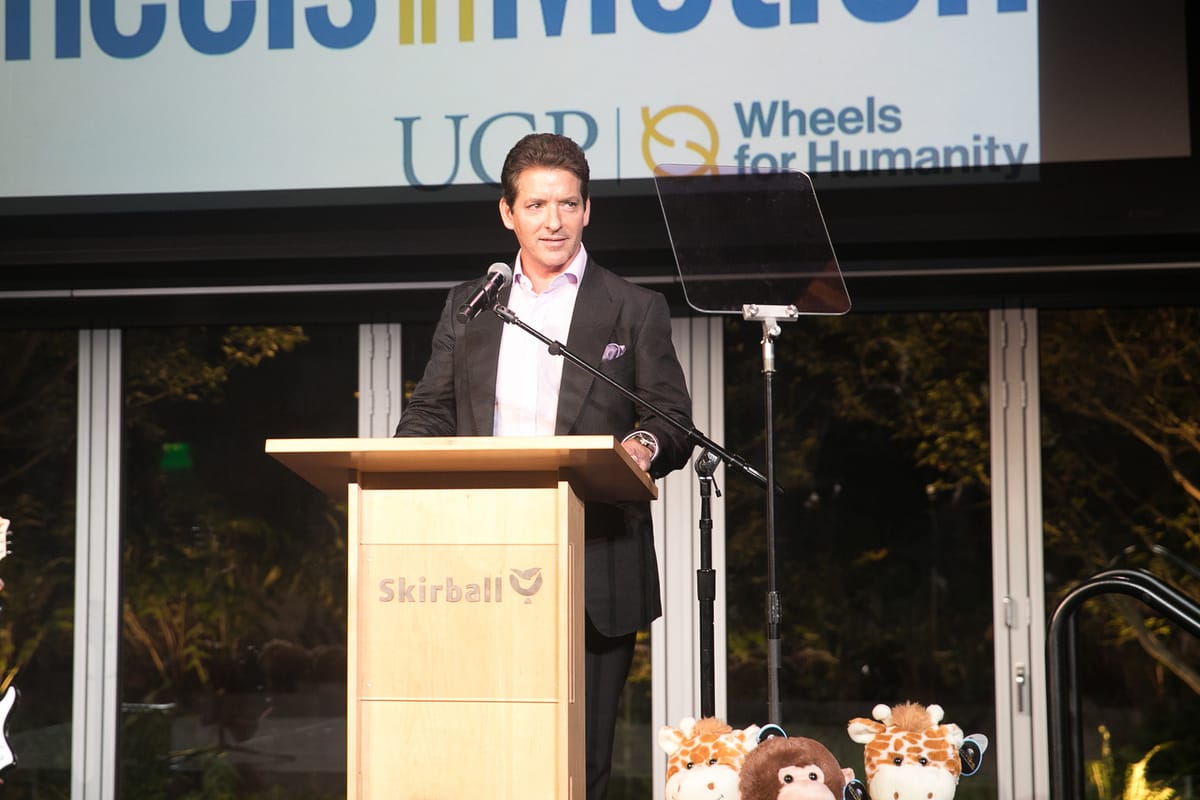Matthew Johnson: Digital Divide Solution is Right Here with Lifeline. Why is No One Paying Attention?
Over the past year, COVID-19 has upended lives and livelihoods and revealed the troubling breadth and scope of the digital divide. Despite the positive turn the pandemic is taking, millions remain unemployed and struggle to pay rent and put food on the table. They cannot afford basic broadband to ap
Broadband Breakfast

Over the past year, COVID-19 has upended lives and livelihoods and revealed the troubling breadth and scope of the digital divide. Despite the positive turn the pandemic is taking, millions remain unemployed and struggle to pay rent and put food on the table. They cannot afford basic broadband to apply for jobs, participate in telemedicine, and complete schoolwork and are consequently trapped in a Catch-22 situation where the lack of internet keeps them locked in their current economic state.
The good news is that a solution already exists. Back in the mid-1980s, the Reagan administration conceived the federal Lifeline program to bring subsidized phones into every household. Since then, the program has evolved to include mobile and broadband services.
Today, 33.5 million low-income Americans are eligible for subsidized – even free – cell phones and internet access courtesy of Lifeline. The problem is that almost 80 percent are not getting them. Why?
Fundamental Lack of Awareness
Over the past four decades, the Federal Communications Commission and Congress have slowly chipped away at Lifeline’s budget, regurgitating the now-common “waste, fraud, and abuse” refrain. Most of those concerns from over five years ago have been remedied; however, the program continues to be overly politicized.
The result is that government agencies at state and federal levels have dedicated scant resources to educate the public about this lifesaving benefit – and COVID-19 has exposed the ramifications of that neglect in the form of abysmal enrollment numbers at a time when they should be record-breaking.
According to our data, Lifeline enrollment is particularly egregious in predominantly non-urban states such as Wyoming, Montana, Nebraska, North Dakota, and New Hampshire. This is not surprising considering that the U.S. has invested very little in rural internet infrastructure over the past two decades.
What is alarming is that states with the best enrollment numbers do not fare much better. Oklahoma – the state that boasts the highest Lifeline sign-ups – barely breaks 40 percent, and the next best three states – Louisiana, Alaska, and Maryland – hover at only 30 percent registration.
Compounding the situation, overzealous and opaque advertising rules by Big Tech entities like Google block eligible Lifeline service providers from reaching low-income users. Meant to protect vulnerable Americans, these ad policies, while well-intentioned, actually further exclude and alienate them from participating in programs designed to rescue them from their economic situations.
Costs to Low-Income Americans
According to a 2019 Pew Research Center study, 80 percent of low-income Americans cannot afford smartphones, computers, and home broadband services together. Nearly half do not have home internet or a computer, and roughly 30 percent do not own a smartphone. When faced with a choice, many opt for mobile devices because it allows them to seek employment, connect virtually with healthcare providers, research government services – like Lifeline, ironically enough – and engage in remote learning.
On the subject of Zoom schooling, the pandemic has laid bare another facet of the digital divide: the homework gap. Nearly 50 million students were forced to go online when the country went under lockdown a year ago. Approximately 20 percent lack home internet and are, thus, unable to consistently complete homework assignments. Many find themselves piggybacking off free WIFI from fast food joints and school footsteps, and approximately 45 percent entirely rely on cellphones to attend classes and complete assignments.
We should not be putting our children in danger amid a public health crisis, especially when the remedy is an already existing program that allows them to use free mobile devices as hotspots that connects devices to the internet from the comfort and safety of home.
Opportunity to Correct the Course
First and foremost, the government at every level needs to go where those who need help most are: churches and grocery stores as well as trusted community centers like libraries, housing authorities, and schools. They must also take advantage of in-person sign-up events to cross-promote Lifeline alongside other benefits such as SNAP and Medicaid.
Importantly, agencies should work hand-in-hand with a spectrum of Lifeline stakeholders – from philanthropies and nonprofits to healthcare providers, social workers, and internet service providers – to deliver clear and straightforward information about the federal program.
Finally, agencies should send eligible participants periodic email notifications with information about Lifeline accompanied by links to local service providers. As government entities, they can bypass the Big Tech ad policies that hinder Lifeline providers from spreading the word about the program.
For far too long, the chasm dividing the internet haves and have-nots has widened to the point of absurdity. Right now, we have a golden opportunity – and an already existing antidote – to bridge the digital divide. Let’s finally take it.

Matthew Johnson is a co-founder, board member, and co-CEO of TruConnect, the fourth largest wireless Lifeline company in the United States. He is also a member of Young Presidents Organization and a two time finalist for E&Y’s Entrepreneur of the Year.
Broadband Breakfast accepts commentary from informed observers of the broadband scene. Please send pieces to commentary@breakfast.media. The views expressed in Expert Opinion pieces do not necessarily reflect the views of Broadband Breakfast and Breakfast Media LLC.










Member discussion